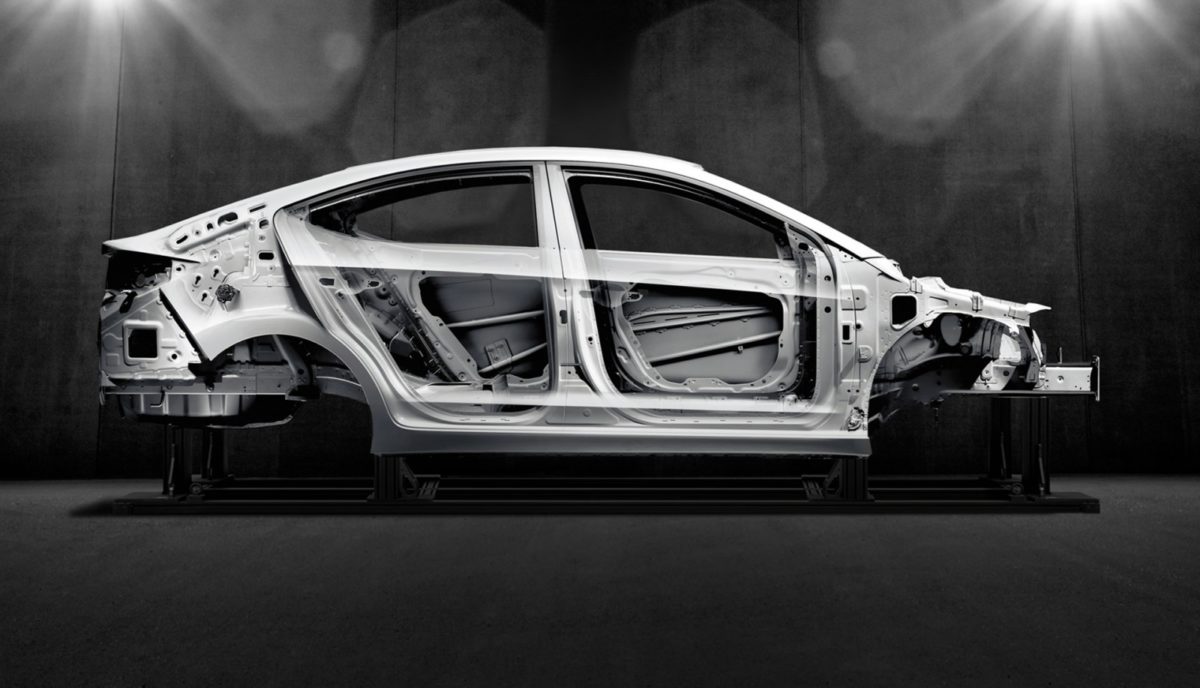What is Hyundai's SuperStructure?


During this year’s Canadian International Auto Show in Toronto, Hyundai held a contestrevolving around its new “SuperStructure” platform. You may have heard it has something to do with the company’s brand new 2017 Elantra sedan, but perhaps are still wondering what exactly it is? Read on.

Suffice it to say, owning your own steel plant, as Hyundai does, is a huge plus when it comes to making cars. The automaker utilized that advantage when redesigning the Elantra from the ground up, adding in more Advance High-Strength Steel (AHSS) than ever before. The chassis now has 32 per cent more now, in fact, than the outgoing model.

Calling this ultra-rigid and lightweight base upon which the whole car rides on SuperStructure, drivers will immediately notice a positive difference. Together with an improved structural design and additional soundproofing, unwanted sounds are kept to a minimum, and general NVH (noise, vibration and harshness) is reduced, especially when driving over rougher surfaces.
Thanks to a stiffer frame, engineers have been able to fine-tune the suspension to give the Elantra sharper handling. For example, cornering stability is increased, as well as high-speed manoeuvres.

Another benefit of SuperStructure isn’t as obvious, but is one of the most significant. Along with the extra AHSS, there are specialized structural adhesives used to reinforce critical areas of the chassis that are affected during a collision. This helps to absorb energy from an impact, directing it away from the passenger compartment in the event of an accident. Also available is the latest safety technology including autonomous braking, blind spot warning, rear cross-traffic alert, lane departure warning, adaptive cruise control and more.
Available in six trims from an entry-level model with a manual transmission — starting at $15,999 — to a grade-topping Ultimate complete with all the bells and whistles, the 2017 Hyundai Elantra is in stores now.


